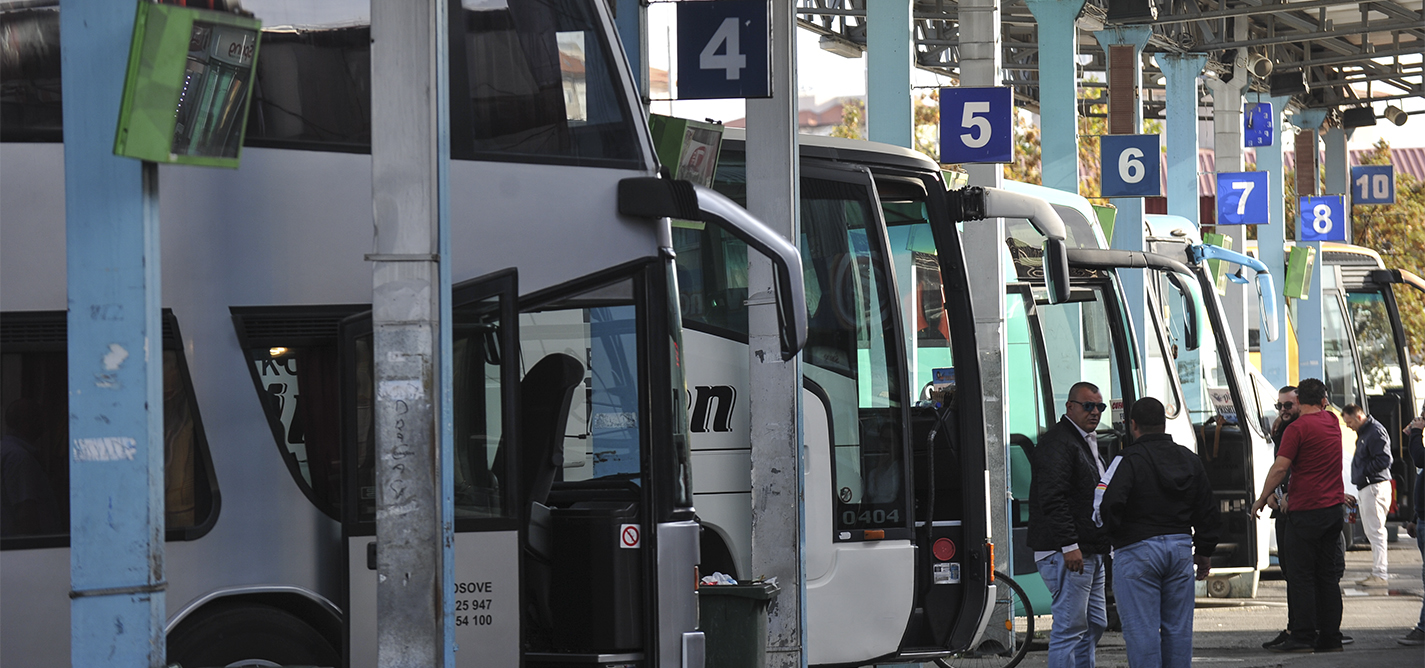
Stuck on the bus
Slow, winding journeys that don’t use the highways.
|2019.03.19
|
“We have to go around villages and provide transportation for everyone. How could we take them if we took the highway?”
“There are enough passengers for the bus to take the highway, even if the number were to be limited only to students.”
Shqiprim Salihu, commuter
Ngadhnjim Avdyli
Ngadhnjim Avdyli is a former K2.0 staff journalist, covering mainly politics, governance and social justice issues. He has a degree in journalism from the University of Prishtina.
This story was originally written in Albanian.